In the shadows of the natural world, an invisible war rages on. While most of us admire butterflies fluttering through gardens or marvel at industrious ants building their colonies, a darker reality unfolds beneath the surface. Some insects have evolved beyond simple predation or parasitism—they’ve become master puppeteers, manipulating other species with a precision that would make any spy jealous. These biological hijackers don’t just steal resources; they rewire their victims’ very existence, turning them into unwitting accomplices in their own destruction.
The Zombie Ant Fungus: Nature’s Most Horrifying Mind Control
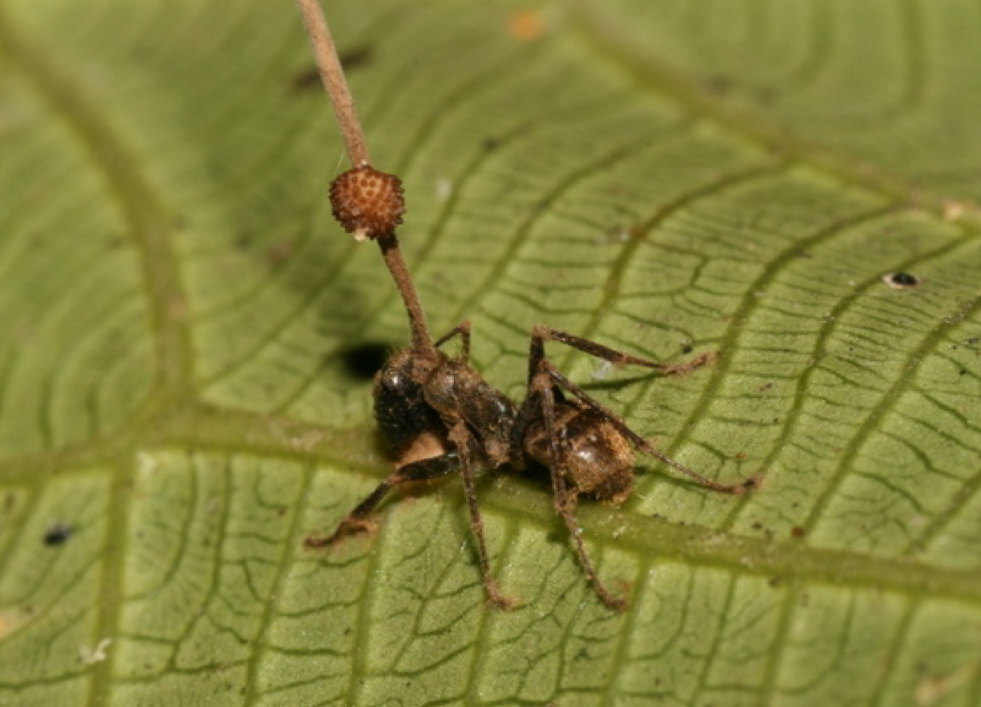
Deep in tropical rainforests, carpenter ants go about their daily routines, unaware that death itself might be growing inside them. The Ophiocordyceps unilateralis fungus represents evolution’s most chilling example of behavioral manipulation. When fungal spores penetrate an ant’s exoskeleton, they begin a slow but methodical takeover of the insect’s nervous system.
The infected ant’s behavior becomes increasingly erratic over several days. It abandons its normal foraging patterns and starts wandering aimlessly, often stumbling and falling. Scientists have discovered that the fungus doesn’t actually invade the ant’s brain directly—instead, it creates a network of cells around the brain, effectively controlling the ant like a biological remote control.
The final act is the most disturbing. The fungus compels the ant to climb to a specific height on a plant stem, usually about 25 centimeters above ground—the perfect microclimate for fungal growth. The ant then locks its jaws onto a leaf vein in what scientists call the “death grip,” and within hours, the fungus kills its host. A stalk erupts from the ant’s head, raining spores down onto unsuspecting ants below.
Parasitic Wasps: The Ultimate Biological Weapons

If zombie ants seem like science fiction, parasitic wasps take biological warfare to an entirely new level. These tiny insects have evolved some of the most sophisticated hijacking techniques in nature. The emerald jewel wasp, for instance, performs what can only be described as precision brain surgery on cockroaches—while they’re still alive.
The wasp’s attack unfolds in two calculated strikes. First, it stings the cockroach’s thorax, temporarily paralyzing its front legs. Then comes the masterpiece: a second sting directly into the cockroach’s brain, targeting specific neurons that control the escape response. The cockroach remains fully conscious and capable of movement, but its will to flee disappears entirely.
What happens next reads like a horror novel. The wasp grabs the cockroach’s antenna like a leash and leads it to a burrow. The cockroach follows obediently, even helping to clear debris from the path. The wasp then lays a single egg on the cockroach’s leg, seals the burrow, and leaves. The developing wasp larva feeds on the living cockroach for weeks, carefully avoiding vital organs to keep its host alive as long as possible.
The Cuckoo Bee Deception: Identity Theft in the Insect World
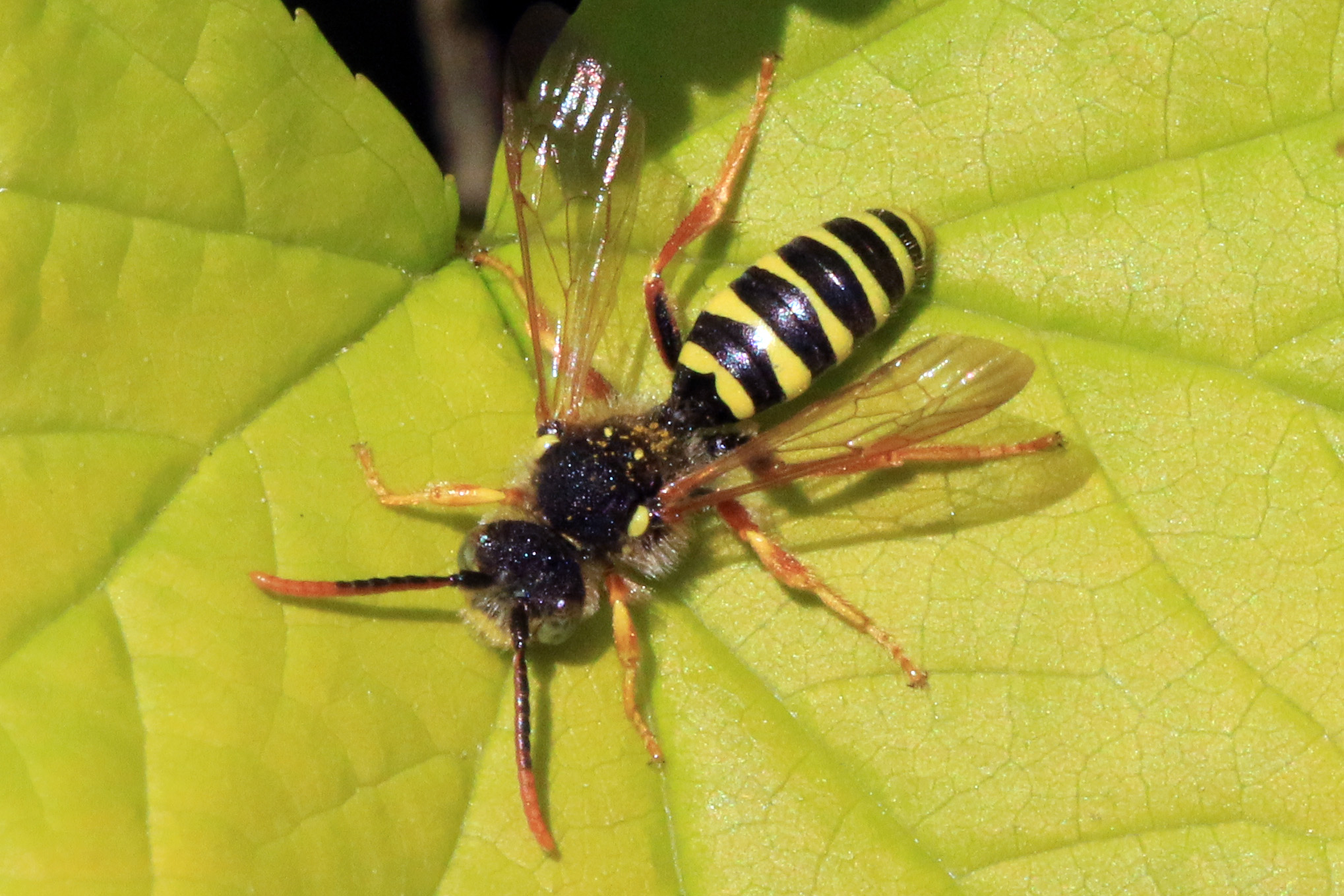
While some insects use brute force to hijack their victims, cuckoo bees have perfected the art of deception. These social parasites infiltrate the nests of other bee species through elaborate chemical mimicry. They produce pheromones that perfectly match their host species, allowing them to slip past guard bees undetected.
Once inside the nest, the cuckoo bee begins its systematic takeover. In some species, the intruder kills the host queen and takes her place, with the worker bees none the wiser. The cuckoo bee’s eggs develop faster than the host species’ eggs, ensuring their offspring get the best resources. The worker bees end up raising the cuckoo bee’s young as their own, never realizing they’re caring for the offspring of their queen’s murderer.
The chemical warfare involved in this deception is staggeringly complex. Cuckoo bees can adjust their pheromone production in real-time, responding to the specific chemical signatures of different host colonies. This ability to chemically shapeshift makes them nearly impossible for host bees to detect until it’s too late.
Slave-Making Ants: The Insect Mafia
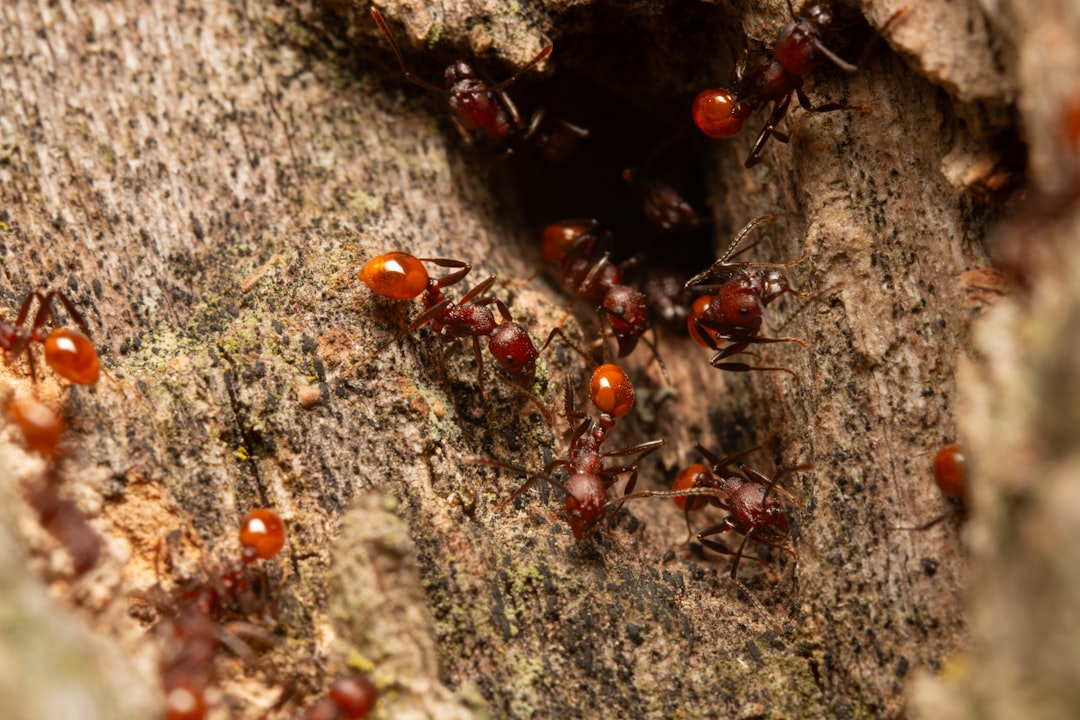
In the world of ants, some species have abandoned the honest work of foraging and nest-building in favor of a more sinister lifestyle. Slave-making ants conduct organized raids on neighboring colonies, kidnapping pupae and raising them as their own workforce. These raids are precisely coordinated military operations that would impress any human general.
The Amazon ant, Polyergus breviceps, represents the extreme end of this lifestyle. These ants have become so dependent on slave labor that they’ve lost the ability to care for themselves. Their mandibles have evolved into curved sabers, perfect for combat but useless for normal ant activities like feeding or nest maintenance. Without their kidnapped workforce, Amazon ant colonies would collapse within days.
The psychological manipulation runs deeper than simple forced labor. Kidnapped ants are raised from pupae alongside their captors’ young, creating a twisted form of Stockholm syndrome. The slaves become so integrated into the colony that they willingly participate in raids against their own sister colonies, helping to capture more slaves from their original species.
The Baculovirus: Turning Caterpillars into Climbing Zombies
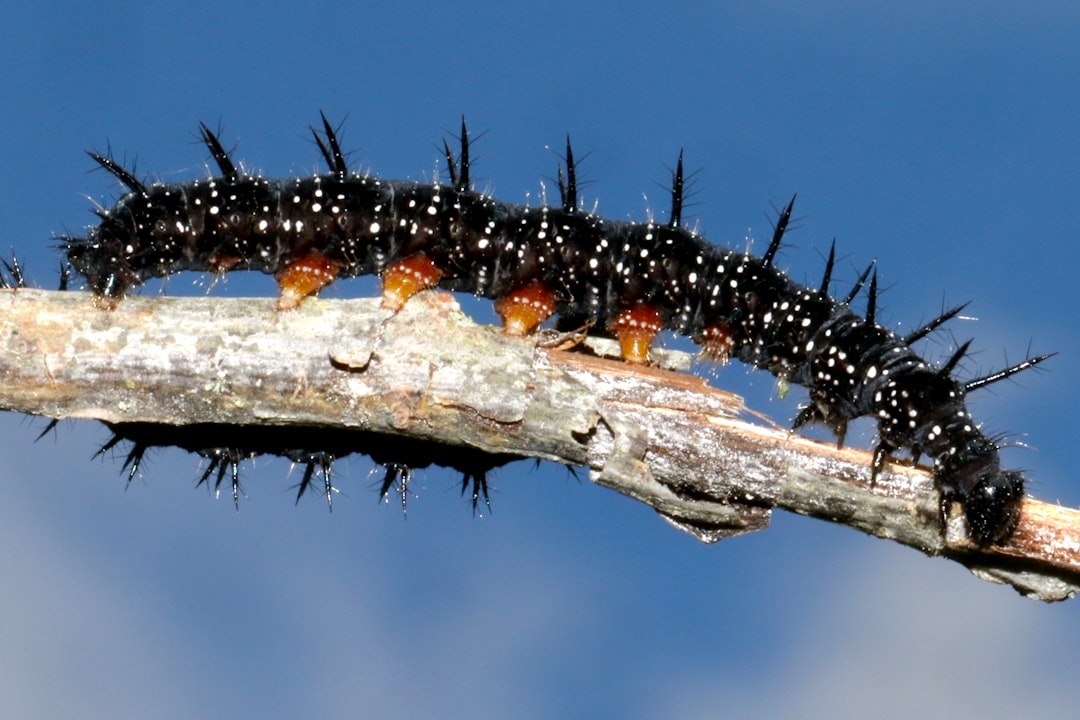
Viruses might not be insects, but some have formed partnerships with insects to create devastating biological weapons. The baculovirus that infects gypsy moth caterpillars demonstrates how evolution can produce scenarios that seem too bizarre for fiction. This virus doesn’t just kill its host—it reprograms the caterpillar’s behavior in ways that ensure maximum viral transmission.
Infected caterpillars begin exhibiting abnormal climbing behavior, ascending to the highest points of trees instead of seeking shelter during daylight hours. The virus manipulates the caterpillar’s circadian rhythms and photoreceptor responses, essentially turning them into climbing zombies driven by an irresistible urge to reach the treetops.
The virus’s endgame is as clever as it is gruesome. Once the caterpillar reaches a suitable height, the infection causes the insect’s body to liquefy from the inside out. The caterpillar essentially melts, raining viral particles down onto the forest floor below, where they can infect new hosts. This “rain of death” can contain billions of viral particles, creating infection zones that persist for months.
Strepsipteran Parasites: The Body Snatchers
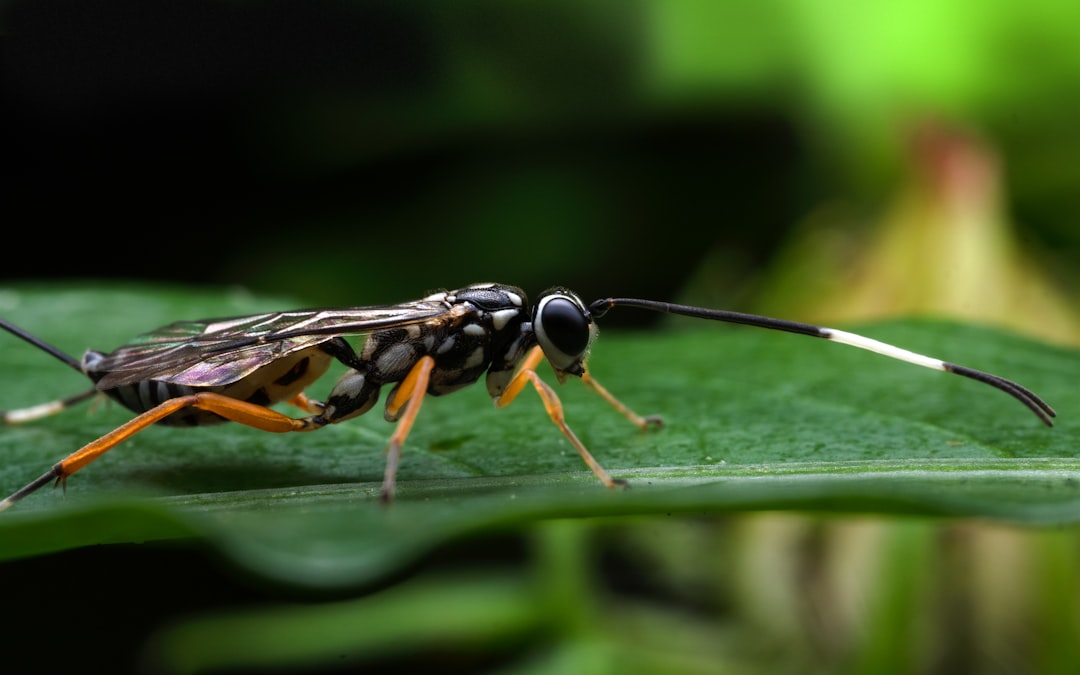
Among the most bizarre hijackers in the insect world are the strepsipterans, also known as twisted-wing parasites. These tiny insects have evolved a lifecycle so alien that it challenges our understanding of what it means to be an individual organism. Female strepsipterans spend their entire adult lives embedded in the bodies of other insects, with only a small portion of their bodies visible externally.
The infected hosts, usually bees or wasps, undergo dramatic behavioral changes. Their normal mating behaviors disappear, replaced by an obsessive attraction to flowers—exactly where strepsipteran males are most likely to find them. The parasites essentially hijack their hosts’ reproductive drives, redirecting them toward encounters that benefit the parasite rather than the host.
What makes strepsipterans particularly sinister is their ability to castrate their hosts while keeping them alive and functional. The parasites consume the host’s reproductive organs, ensuring that all energy goes toward supporting the parasite’s own reproduction. The host becomes a living shell, maintaining the parasite’s existence while losing its own evolutionary future.
The Horsehair Worm: Aquatic Puppet Masters
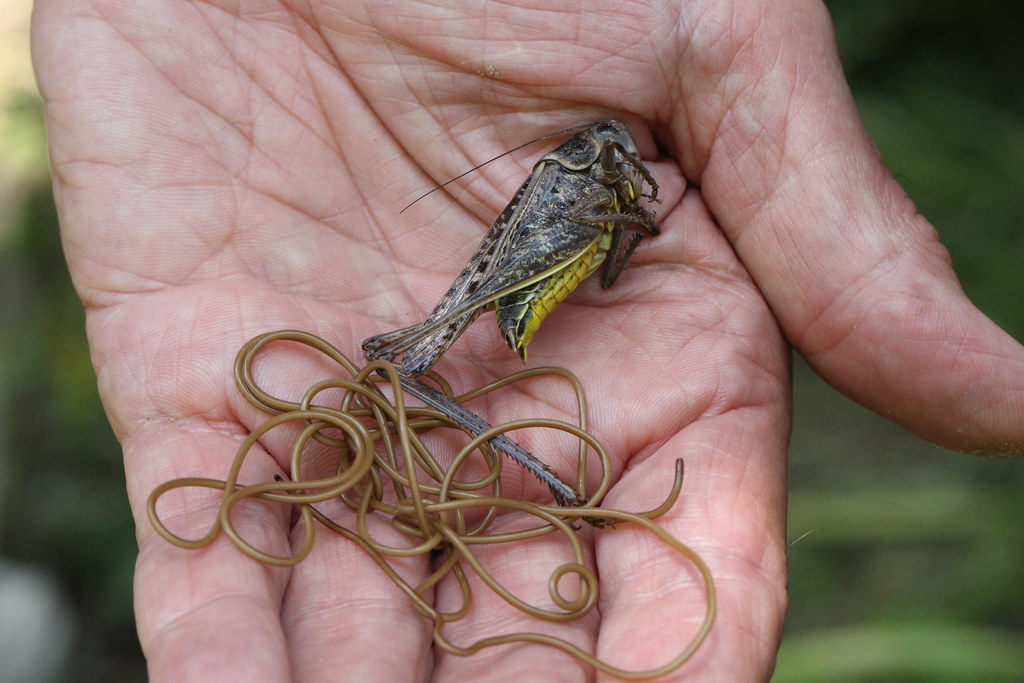
While technically not an insect, the horsehair worm Paragordius tricuspidatus has evolved one of the most dramatic examples of behavioral manipulation in partnership with insects. These parasitic worms develop inside terrestrial arthropods like crickets and grasshoppers, but they face a crucial problem: they need to return to water to reproduce.
The solution evolution provided is both elegant and terrifying. The mature worm begins producing proteins that affect the host’s brain chemistry, specifically targeting neurons involved in thirst and water detection. The infected cricket or grasshopper becomes obsessed with finding water, abandoning its normal behavior patterns entirely.
The hijacked insect will actively seek out bodies of water, often traveling extraordinary distances and ignoring predators that would normally send it fleeing. When it finally reaches water, the insect plunges in, essentially committing suicide. The worm then emerges from its host’s body, sometimes growing to lengths several times longer than the host itself. The cricket or grasshopper drowns, having served its purpose as an unwitting taxi to the aquatic environment.
Phorid Flies: The Ant Decapitators
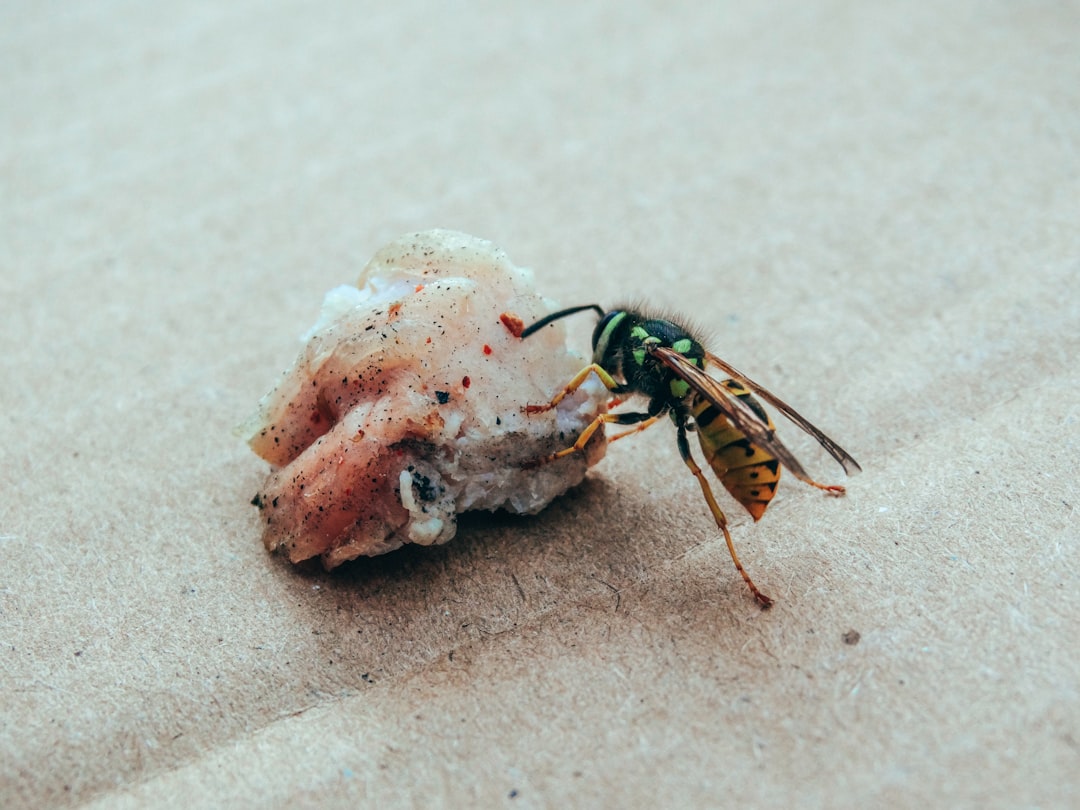
The relationship between phorid flies and their ant hosts represents one of nature’s most macabre examples of biological hijacking. These tiny flies have evolved a reproductive strategy that reads like a horror movie script. Female phorid flies track down specific ant species and inject their eggs directly into the ant’s head or thorax using a specialized ovipositor.
The developing fly larva doesn’t just feed on the ant’s tissues—it actively manipulates the ant’s behavior to ensure its own survival. Infected ants become sluggish and disoriented, often wandering away from their colonies. The larva feeds on the ant’s hemolymph and brain tissue, carefully avoiding structures that would immediately kill the host.
The finale is particularly gruesome. After about two weeks, the larva releases enzymes that dissolve the membranes connecting the ant’s head to its body. The ant’s head literally falls off, and the adult fly emerges from the decapitated head like something from a nightmare. The headless ant’s body may continue moving for several minutes, controlled by nerve ganglia in the thorax.
Manipulative Mites: Tiny Tyrants
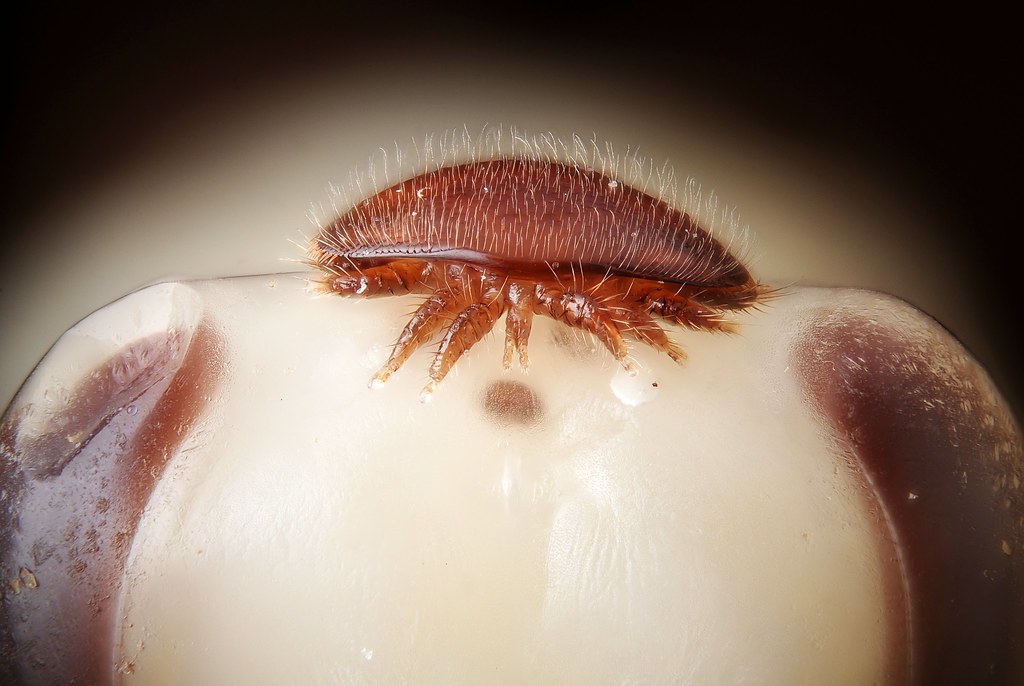
Varroa mites might be microscopic, but their impact on their honeybee hosts is anything but small. These parasitic mites have perfected the art of chemical manipulation, using pheromones to alter their hosts’ behavior in ways that benefit the mite while devastating bee colonies. The mites feed on bee hemolymph, but their real weapon is their ability to suppress the bees’ immune systems.
Infected bees undergo subtle but significant behavioral changes. They become less efficient at foraging, spend more time grooming themselves, and show reduced responses to alarm pheromones. The mites essentially turn the bees into walking incubators, weakening the entire colony’s ability to respond to threats.
The mites’ reproductive strategy is particularly insidious. They time their reproduction to coincide with bee brood development, ensuring that their offspring mature alongside young bees. This creates a feedback loop where each generation of bees emerges already compromised, leading to colony collapse disorder—a phenomenon that has devastated honeybee populations worldwide.
Cuckoo Wasps: The Kleptocratic Infiltrators
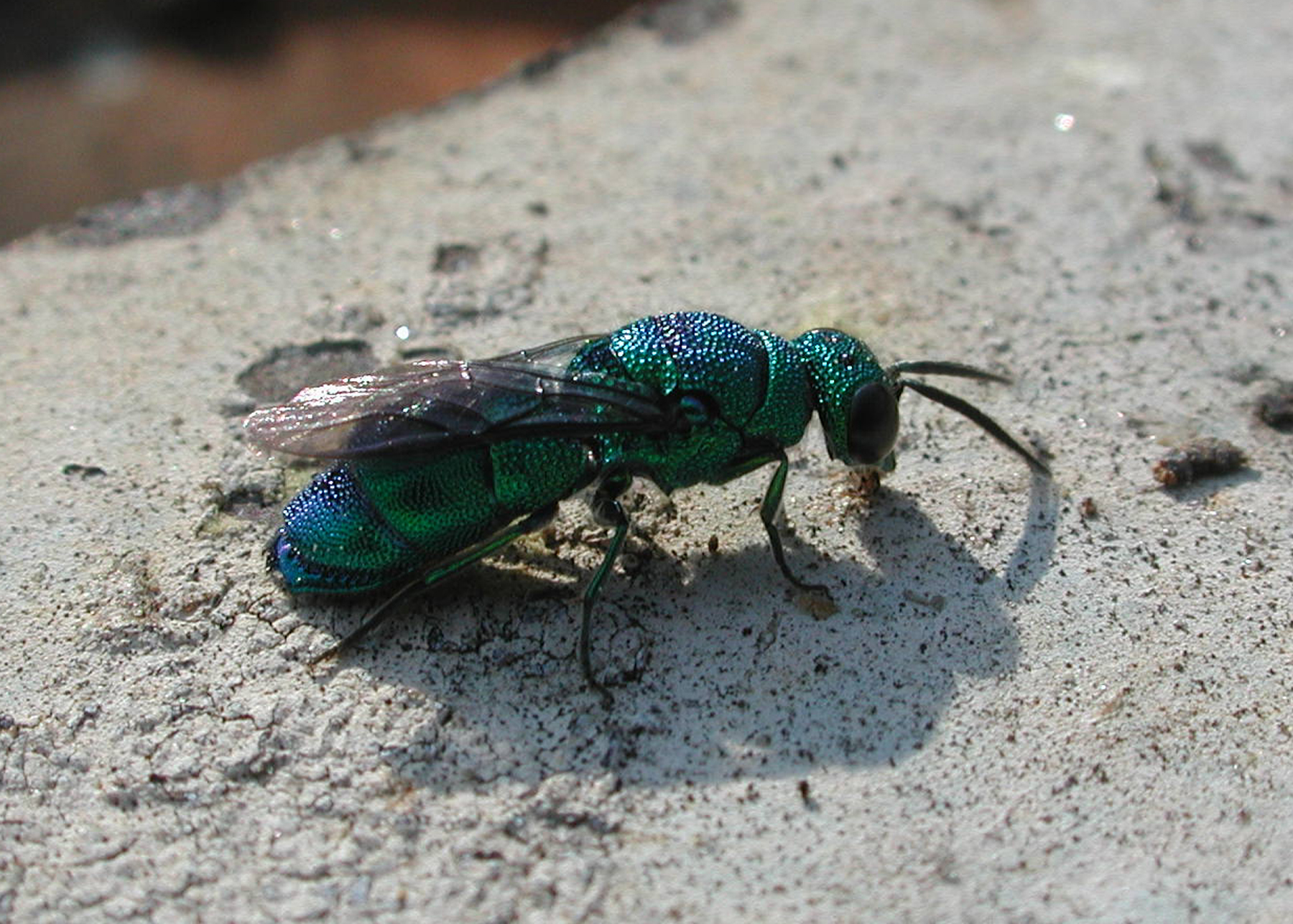
Cuckoo wasps represent the criminal masterminds of the insect world, specializing in elaborate heists that would make any jewel thief envious. These metallic-colored wasps have evolved to infiltrate the nests of other wasp species, but their methods go far beyond simple nest parasitism. They’ve developed sophisticated chemical disguises that allow them to fool even the most vigilant host species.
The infiltration process begins with careful reconnaissance. Female cuckoo wasps observe their target species for days, learning their behavioral patterns and chemical signatures. They then wait for the perfect moment—when the host female is away foraging—to slip into the nest. Once inside, the cuckoo wasp doesn’t just lay eggs; it actively sabotages the host’s provisions.
The cuckoo wasp larva doesn’t just compete with the host’s offspring—it systematically destroys them. These larvae have evolved specialized mandibles and aggressive behaviors that ensure they’re the sole survivors in each nest cell. The host wasp returns to find her nest apparently normal, never realizing that her own offspring have been murdered and replaced by imposters.
Ichneumon Wasps: The Living Nightmares
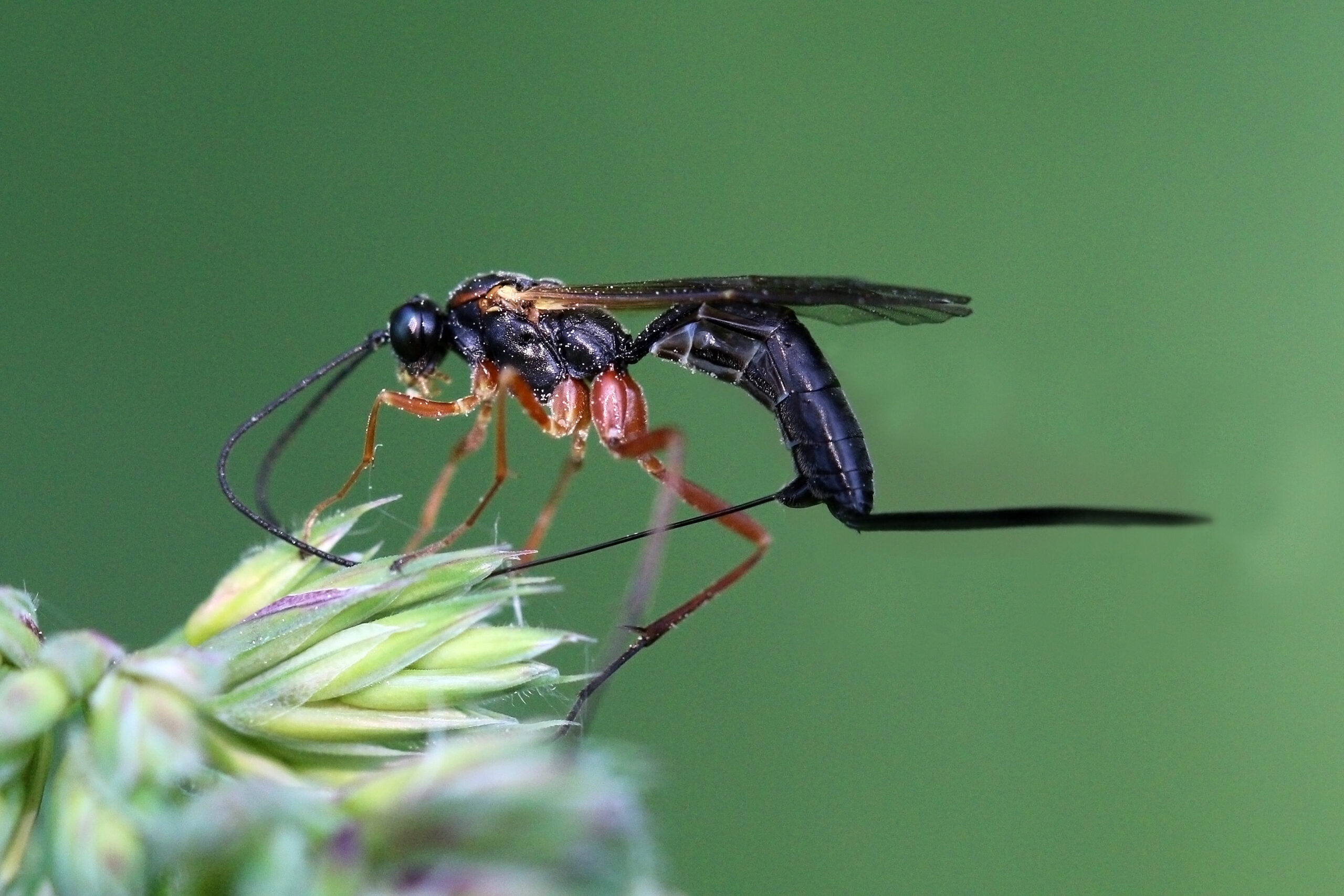
If parasitic wasps represent biological warfare, ichneumon wasps represent psychological warfare taken to its logical extreme. These wasps have evolved to parasitize other insects in ways that maximize their own reproductive success while inflicting what can only be described as prolonged torture on their hosts. The giant ichneumon wasp can detect beetle larvae hidden deep within tree trunks, using its incredibly long ovipositor to reach them.
The precision required for this operation is staggering. The wasp must drill through several inches of solid wood, navigate around obstacles, and inject its egg directly into a larva it cannot see. The wasp uses vibrations and chemical cues to guide its ovipositor, essentially performing surgery through a microscopic keyhole. Once the egg is laid, the developing wasp larva begins a feeding program designed to keep the host alive as long as possible.
The infected beetle larva undergoes a living hell, remaining conscious and mobile while being slowly consumed from the inside. The ichneumon larva carefully avoids vital organs, ensuring its host survives long enough to provide maximum nutrition. This process can take weeks or even months, with the host insect serving as a living food storage system.
Tachinid Flies: The Stealth Bombers
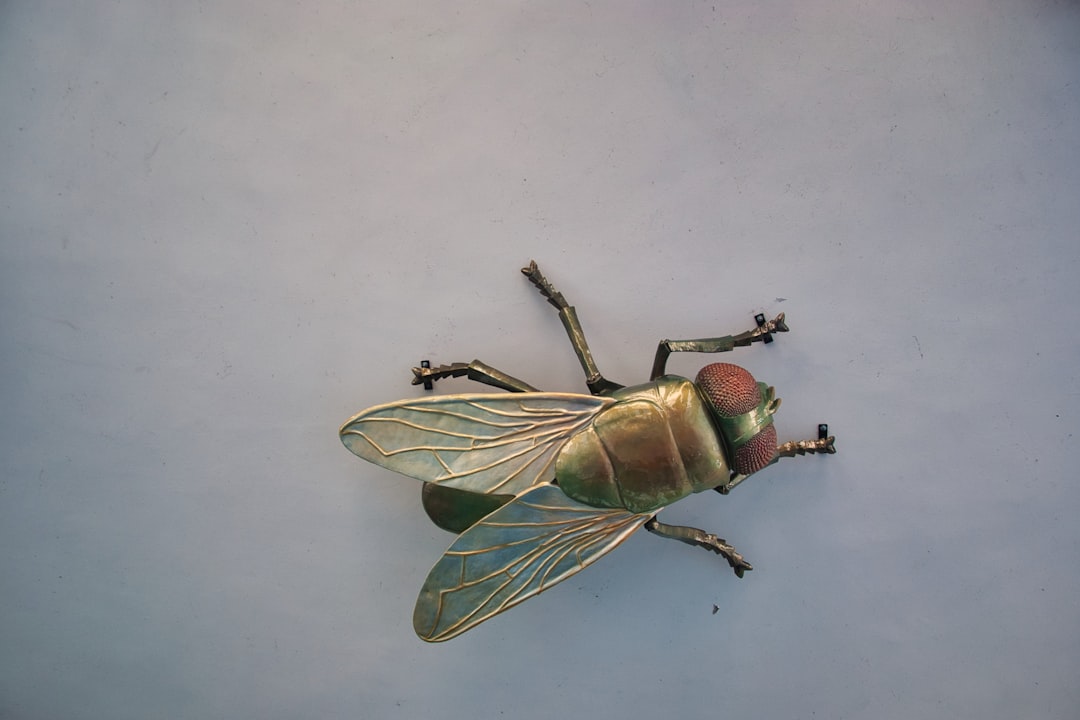
Tachinid flies have evolved what might be the most diverse array of hijacking strategies in the insect world. With over 10,000 species, these flies have developed specialized techniques for parasitizing virtually every other insect order. Some species inject their eggs directly into hosts, while others use more creative approaches like gluing eggs to leaves that their hosts will eat.
The maggots that develop from these eggs are masters of stealth. They grow slowly, careful not to alert their hosts to their presence. Many species have evolved to synchronize their development with their hosts’ life cycles, emerging just as the host is about to pupate or reproduce. This timing ensures maximum resource extraction while minimizing the host’s defensive responses.
What makes tachinid flies particularly insidious is their ability to manipulate their hosts’ behavior subtly. Infected caterpillars often become more active and feed more voraciously, unknowingly providing better nutrition for their parasites. The flies have essentially turned their hosts into optimized food production systems, programmed to maximize the parasites’ growth while minimizing their own survival chances.
The Evolutionary Arms Race: Adaptation and Counter-Adaptation
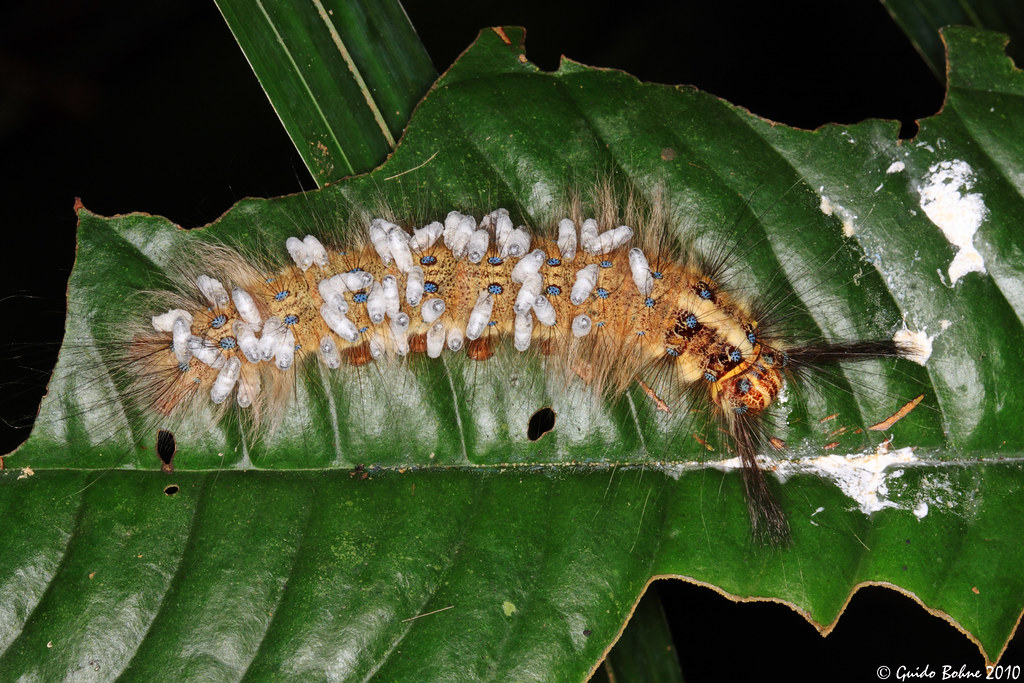
The relationship between hijacker insects and their hosts represents one of evolution’s most intense arms races. As parasites develop more sophisticated manipulation techniques, hosts evolve increasingly complex defenses. Some ant species have developed behavioral strategies to detect and isolate infected colony members, while others have evolved chemical defenses that can neutralize parasitic fungi.
The speed of this evolutionary race is breathtaking. Researchers have documented cases where host species develop new defenses within just a few generations, only to have their parasites evolve counter-strategies even faster. This constant escalation has produced some of the most intricate biological mechanisms known to science, with each side developing increasingly sophisticated weapons in their microscopic war.
The stakes in this arms race couldn’t be higher. For the hosts, failure to evolve adequate defenses means species extinction. For the parasites, the challenge is maintaining their manipulation abilities while avoiding detection. This evolutionary pressure has produced hijackers with abilities that seem almost supernatural in their precision and effectiveness.
Conclusion: The Dark Genius of Evolution
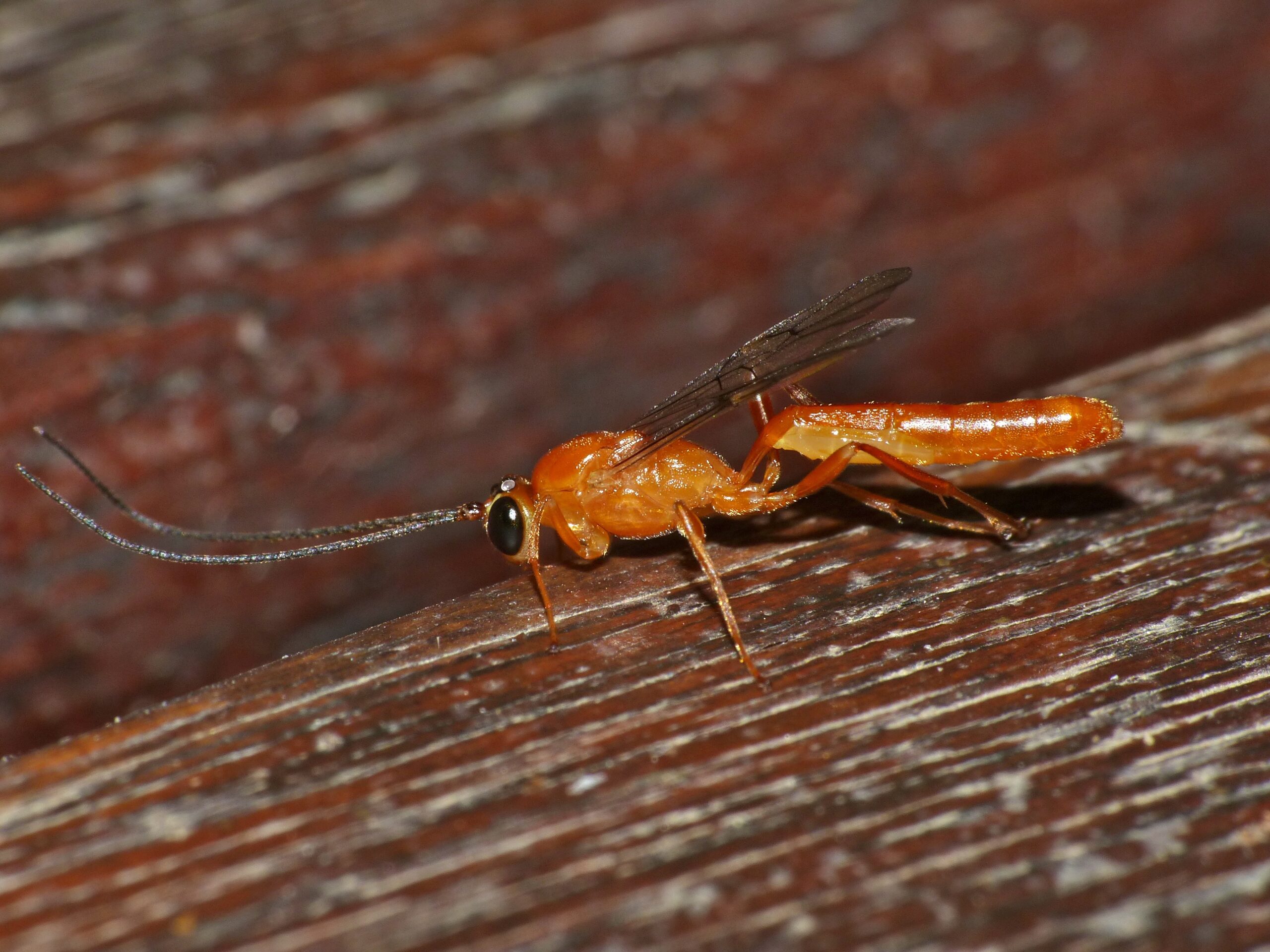
The world of insect hijackers reveals evolution’s capacity for creating strategies that challenge our understanding of biological relationships. These tiny puppet masters have developed techniques that surpass anything found in human psychological warfare, turning their victims into willing accomplices in their own destruction. From zombie ants climbing to their deaths to crickets drowning themselves for parasitic worms, these examples demonstrate that nature’s creativity knows no moral boundaries.
The implications of these discoveries extend far beyond simple biological curiosity. Understanding how these hijackers manipulate their hosts provides insights into neuroscience, behavioral psychology, and even potential medical applications. The precision with which these parasites target specific neural pathways could inform treatments for neurological disorders or lead to new approaches in pest control.
Perhaps most unsettling is the realization that these hijacking strategies represent successful evolutionary solutions that have persisted for millions of years. The insects that employ these tactics aren’t aberrations or evolutionary mistakes—they’re highly refined biological machines that have perfected the art of manipulation. As we continue to study these relationships, we’re forced to confront the darker aspects of natural selection and the lengths to which evolution will go to ensure reproductive success.
The next time you see an ant walking alone or a bee behaving strangely, remember that you might be witnessing one of nature’s most sophisticated crimes in progress. In the hidden world of biological hijackers, nothing is quite what it seems, and the puppet masters are always pulling the strings. What other dark secrets might be lurking in the behavior of insects around us?
